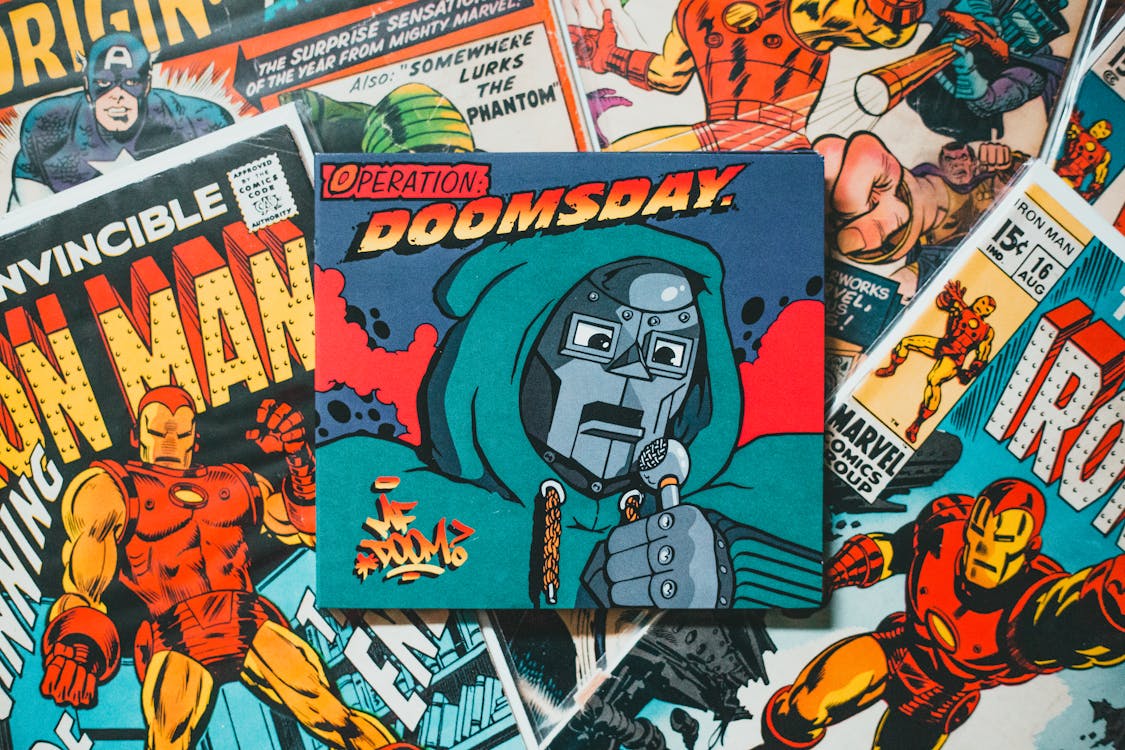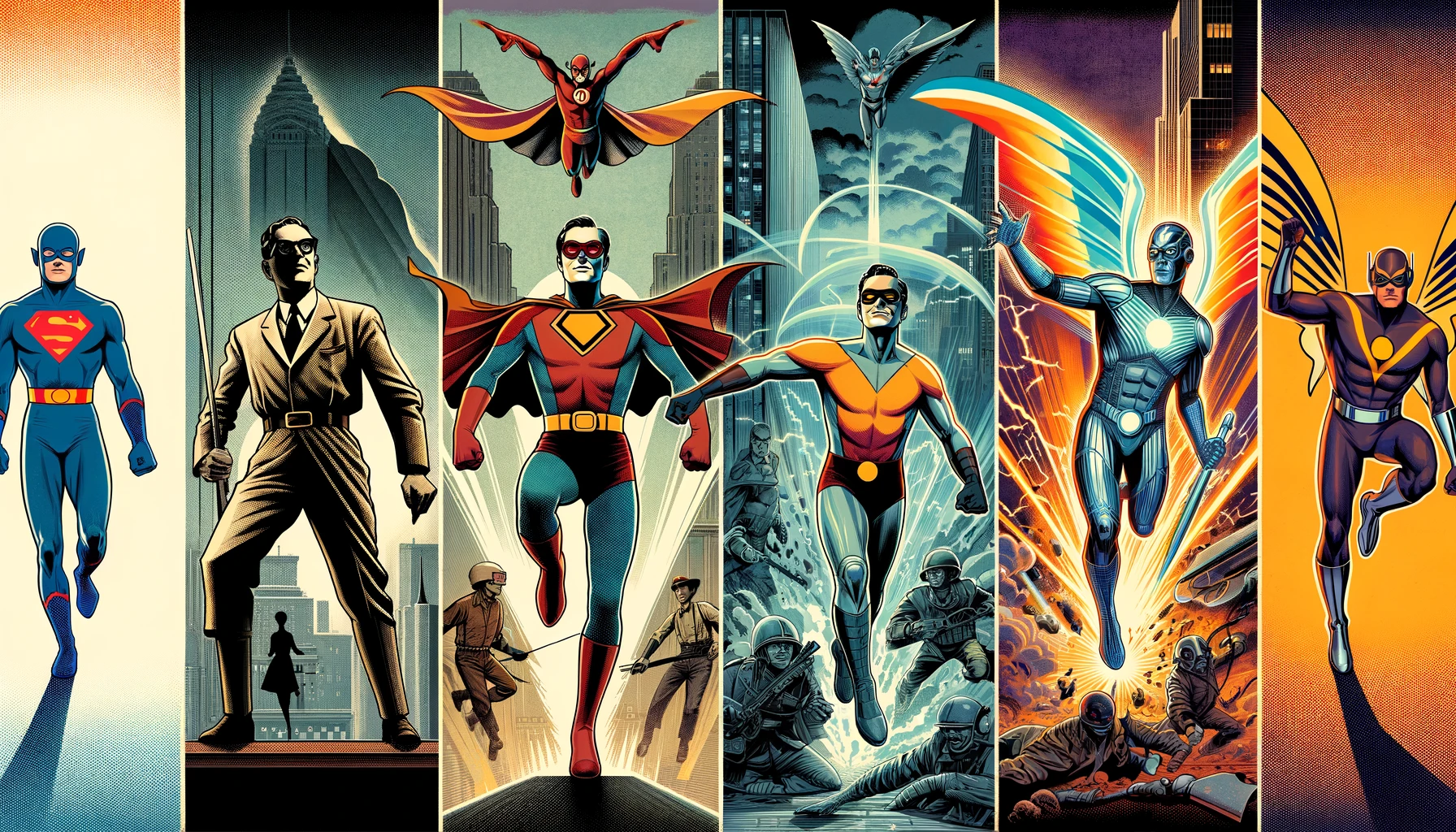
The Art of Staple Binding: What Sets Comic Book Structures Apart
Staple binding, often termed as saddle stitching, is a prevalent method used in the comic book industry. This technique involves driving staples through the center of the publication’s fold, which is an efficient, cost-effective, and straightforward method to bind smaller booklets and brochures. However, in the context of comic books, this binding method holds significance beyond its simplicity and affordability. Comics have historically been a medium of quick consumption and inexpensive production, and staple binding played a crucial role in this. Since the 1930s, when comic books gained popularity in America, publishers sought a balance between quality and cost, with staple binding proving to be the most effective solution. According to a report by Comichron, over 6.7 million comic books were sold in North America in July 2019 alone, underscoring the continuous demand for this medium and the pivotal role of staple binding in its production.
Efficiency and Affordability
Staple binding, or saddle stitching, is a cost-effective and straightforward method of binding. The technique involves driving staples through the center of the publication’s fold, which is time-efficient, thus making it an invaluable part of the comic book industry. For example, saddle stitching binding for comics is significantly cheaper than other forms of binding, such as perfect binding or case binding. Perfect binding involves gluing pages together at the spine, while case binding involves sewing a book’s signatures together and covering them with a hardcover. Both these methods are more time-consuming and expensive compared to staple binding. For instance, perfect binding requires specialized machinery and skilled labor, increasing production costs for publishers. On the other hand, staple binding can be done quickly with minimal resources, making it a convenient choice for comic book publishers.
Historical Significance
Since the inception of comic books in the 1930s, staple binding has been an integral part of their production. This method allowed for quick consumption and inexpensive production, aligning perfectly with the ethos of the comic book industry. With staple binding, publishers could produce and distribute comic books en masse, catering to the high demand for this medium. Furthermore, staple binding also facilitated the comic book’s distribution and display. With its flat pages and easily stackable format, comics were ideal for newsstands, allowing them to be displayed prominently and efficiently. During the Golden Age of comics in the 1940s and 1950s, staple binding played a crucial role in establishing comic books as a popular form of entertainment for both children and adults. It represented a significant shift in the publication industry, with comics becoming a mass-produced and widely consumed medium.
Impact on Sales
According to a report by Comichron, more than 6.7 million comic books were sold in North America in July 2019 alone. This staggering figure underlines the high demand for this medium and the crucial role that staple binding plays in meeting this demand. With the ease of production and distribution, staple binding has played a significant role in boosting comic book sales over the years. Moreover, the simplicity and affordability of this binding method have also contributed to making comic books accessible to a wider audience. On average, a comic book costs around $3, making it an affordable form of entertainment for readers of all ages. This affordability factor has played a crucial role in increasing the popularity and sales of comic books over the years. When you add the collecting culture and nostalgia associated with comic books, it is clear that staple binding has had a profound impact on the success of this medium.
Continued Relevance
Relevancy is one of the key reasons why staple binding continues to be the preferred method of binding for comic books. Despite technological advancements and alternative methods of binding, staple binding has remained a constant in the industry. This is due to its cost-effectiveness, simplicity, and convenience, making it an ideal choice for producing comic books in large quantities. Additionally, with the rise of digital comics and online platforms such as comiXology, staple binding has also found a way to coexist with new technologies. Many readers still prefer the physical experience of reading a comic book, and staple binding allows for easy storage and display of their collection. As long as there is a demand for physical comic books, staple binding will continue to be an essential part of the industry.

https://www.pexels.com/photo/boy-reading-a-comic-book-8342188/
Quality Balance
Staple binding provides a balance between quality and cost. Although it is not the most durable method, it is incredibly effective for smaller booklets like comics, which are often seen as ephemeral literature, designed for quick consumption. Additionally, stapled comic books can also withstand multiple reads and handling, making them durable enough for their intended purpose. The choice of paper stock and cover materials also plays a crucial role in the overall quality of a staple-bound comic book. Publishers must strike a balance between affordability and quality to produce an attractive and marketable product while keeping production costs low. If done correctly, staple binding can result in a well-crafted comic book that is both visually appealing and durable.
Unique Aesthetic
Staple binding also contributes to the unique aesthetics of comic books. The method allows the book to lay relatively flat when it is opened, enhancing the reader’s experience. It’s a feature that sets comic books apart from other types of bound media. Additionally, the placement of staples also adds an aesthetic element to comic books. Publishers often use colored staples that match the comic’s color scheme or design, adding a subtle yet impactful detail to the book’s overall look. This attention to detail highlights the skill and creativity involved in producing a comic book, making it more than just a medium for storytelling. For many readers and collectors, the unique aesthetic of staple-bound comic books is part of its appeal.
Staple binding is an essential element of the comic book industry, playing a crucial role in its production, distribution, and aesthetics. It brings together efficiency, affordability, historical significance, sales impact, continued relevance, quality balance, and unique aesthetics to create a medium that has stood the test of time. As technology continues to advance and the publishing industry evolves, staple binding will continue to be an integral part of the comic book industry and its unique appeal to readers worldwide. So, next time you pick up a comic book, take a moment to appreciate the simple yet impactful binding technique that has become synonymous with this beloved medium.
Author Profile
Latest entries
 ColumnsApril 30, 2024Igniting Your Child’s Love for Star Wars: A Parent’s Guide
ColumnsApril 30, 2024Igniting Your Child’s Love for Star Wars: A Parent’s Guide Comic Book NewsApril 30, 2024The Links Between Comics and Casinos
Comic Book NewsApril 30, 2024The Links Between Comics and Casinos Comic BooksMarch 18, 2024The Evolution of Superheroes: A Journey Through Comic Book History
Comic BooksMarch 18, 2024The Evolution of Superheroes: A Journey Through Comic Book History GamingMarch 14, 2024The Return of Retro Games
GamingMarch 14, 2024The Return of Retro Games









